In the fast-paced world of software development, efficiency and productivity are paramount. With the advent of React Hooks, developers now have a powerful tool at their disposal to streamline the development process, leading to faster iteration cycles and more maintainable codebases. In this article, we’ll explore how React Hooks can be leveraged to enhance development workflows within your software company.
Understanding React Hooks
React Hooks were introduced in React 16.8 as a way to enable developers to use state and other React features without writing a class. Hooks are functions that let developers “hook into” React state and lifecycle features from functional components. This paradigm shift has simplified component logic and made it easier to share code among components.
There are several built-in hooks provided by React, such as useState, useEffect, useContext, and more. Additionally, developers can create custom hooks to encapsulate complex logic and share it across multiple components.
Benefits of React Hooks
Simplified Component Logic: With React Hooks, logic that was previously scattered across lifecycle methods in class components can now be consolidated within functional components. This leads to cleaner, more readable code that is easier to maintain.
Reusability: Hooks promote code reusability by encapsulating logic into reusable functions. Custom hooks, in particular, enable developers to abstract complex behavior into composable units that can be shared across different components and projects.
Improved Performance: Functional components are generally lighter weight than class components, resulting in better performance. Hooks also enable more fine-grained control over when and how components render, leading to optimizations and smoother user experiences.
Better Code Organization: Hooks encourage a more functional programming style, which often leads to better code organization and separation of concerns. Logic related to state management, side effects, and context can be encapsulated within individual hooks, making it easier to reason about and maintain the codebase.
Streamlining Development Processes
Now, let’s delve into how React Hooks can streamline development processes within your software company:
Faster Development: By simplifying component logic and promoting code reusability, React Hooks can accelerate the development process. Developers spend less time wrestling with class components and lifecycle methods, allowing them to focus more on implementing features and solving business problems.
Easier Maintenance: The modular nature of hooks makes it easier to maintain and refactor code. With logic encapsulated within reusable hooks, making changes or fixing bugs becomes less error-prone and time-consuming. This leads to a more agile development process, where iterations can happen quickly and confidently.
Enhanced Collaboration: With cleaner, more organized codebases, collaboration among developers becomes smoother. Team members can more easily understand and contribute to each other’s code, fostering a culture of collaboration and knowledge sharing within the company.
Facilitated Testing: Functional components and hooks lend themselves well to testing. With logic decoupled from the rendering layer, unit testing becomes more straightforward. Developers can write focused tests for individual hooks, ensuring that behavior is correct and predictable across different scenarios.
Conclusion
React Hooks represent a paradigm shift in how developers approach state management and side effects in React applications. By embracing hooks, software companies can streamline their development processes, leading to faster iteration cycles, more maintainable codebases, and ultimately, better products for their users. Whether you’re building a small-scale application or a large-scale enterprise system, harnessing the power of React Hooks can help your team stay ahead in today’s competitive software landscape.


